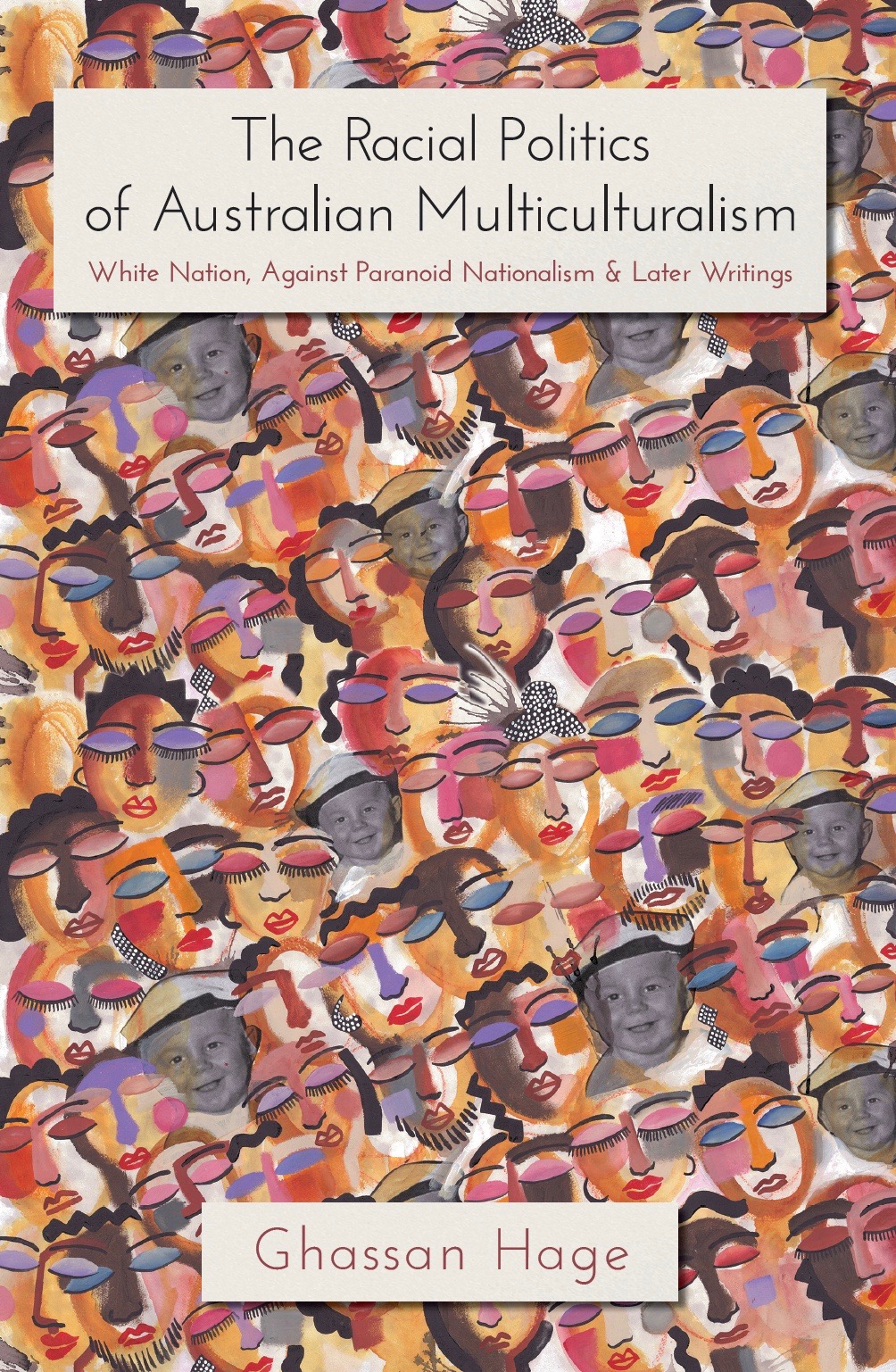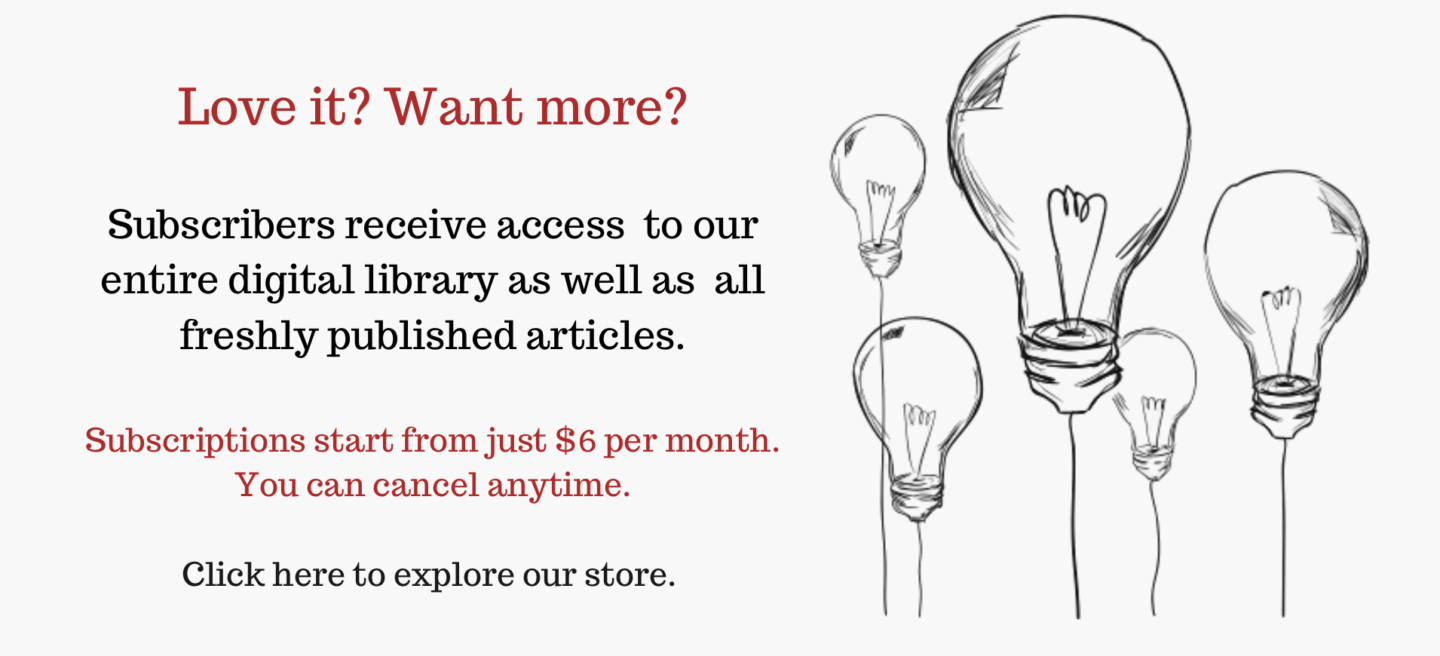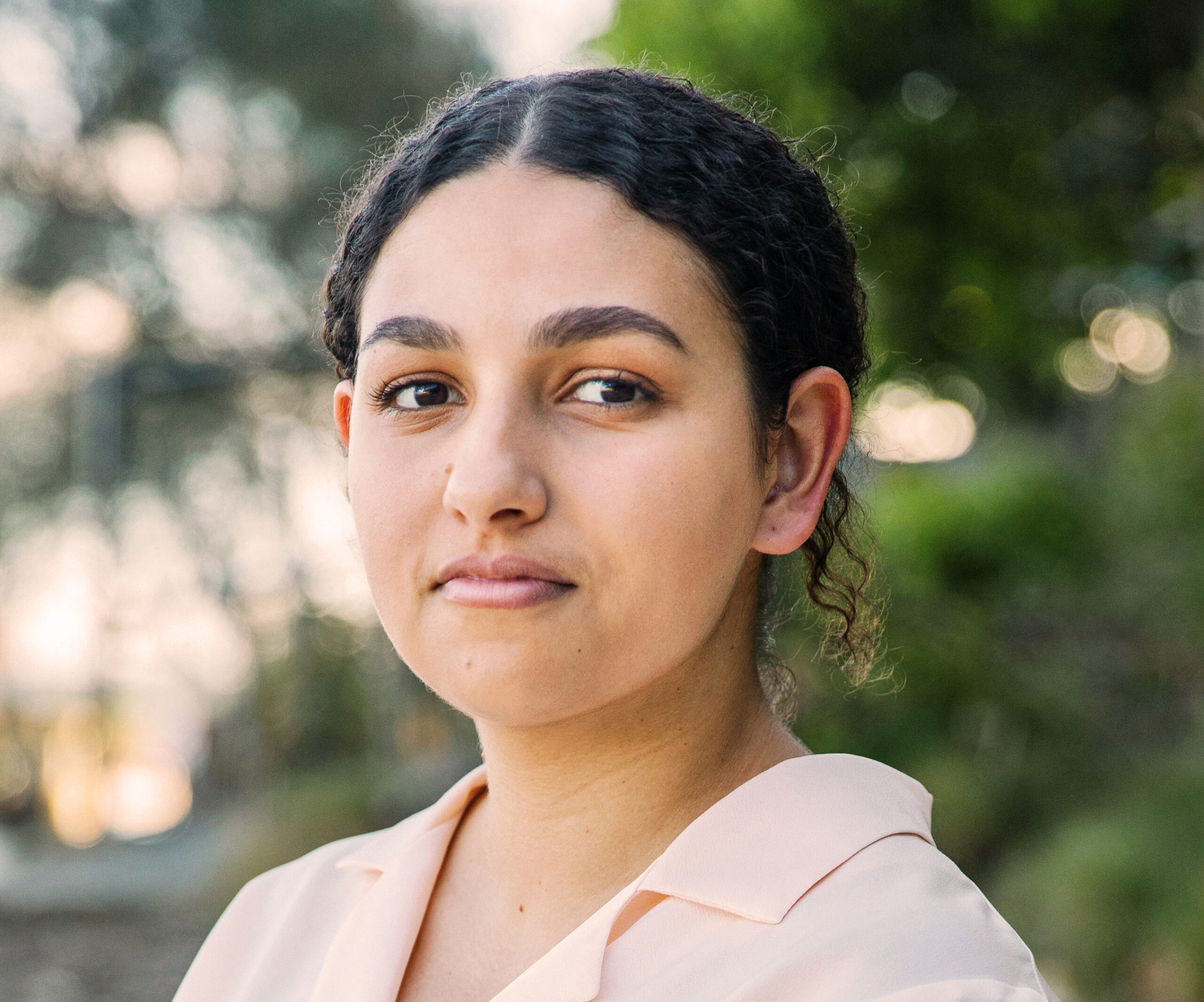Giving ethnics response-ability in multicultural Australia
A personal response to the work of Ghassan Hage
Featured in

IN 2017, I was undertaking practice-led research as part of my master’s degree, exploring telling stories of Arab-Australian experience in the Queensland context. What frustrated me was that the vast majority of projects telling the stories of ‘minorities’ in Queensland were facilitated by White researchers or artists – and their aim, more often than not, was to elicit empathy (read: sympathy) from the wider community (the White community) in order to promote understanding (tolerance) of minority groups. Very few of the researchers acknowledged the influence their presence and facilitation may have had on the production of these stories.
Was this really so bad, I wondered, if the researchers were undertaking this work in the name of inclusion? After all, if it weren’t for them, would these stories be told at all? Still, I knew something wasn’t quite right, and I struggled to articulate what it was until I came across the work of Professor Ghassan Hage.
When I read Hage’s landmark 1998 book, White Nation, a breakdown of White multiculturalism, I began to understand why I felt such discomfort about my research. Hage writes of the relations that underlie the White nation fantasy:
… White multiculturalism sees in the ‘migrant’ an enriching/tolerable presence, and therefore something exploitable that has to be included in the national space. That is, such practices of containment cannot turn into practices of exclusion and aim at regulating the modality of inclusion of the Third World-looking migrants in national space instead.
Inclusion is necessary for the regulation of space. Multiculturalism does not mean the dominant culture is relinquishing control, but ensuring control is maintained.
As my research progressed, it became clear that the recording of minority stories by White researchers and artists played into this regulatory practice. While claiming to give those who are othered a platform to be the subject of their own story, such research positions us ‘ethnics’ as objects.
As Hage explains, ‘White tolerance is a fantasy of a national order occupied by “dead” ethnics – ethnics as objects of the national will.’ In the process of being objectified, ethnics become ‘dead’ and our position as subjects is diminished. As objects, we lose what sits at the core of subjectivity: the ability to respond, along with a loss of our agency and the ability to govern ourselves.
Twenty-five years after White Nation, Hage’s work remains as relevant as ever. His latest book, The Racial Politics of Australian Multiculturalism – a collected volume published this year by Sweatshop Literacy Movement – re-platforms his seminal 1998 text alongside Against Paranoid Nationalism (2003) and later pieces that analyse the state of the White nation fantasy.
Since first encountering his work, I see the ways in which that fantasy still plays out all around me.
AROUND THE SAME time as I was undertaking my master’s research, I began my first ‘grown-up’ job in an office. I was about six months in, and nearing the end of Ramadan, when the HR manager approached me. They wanted to host an Eid morning tea and asked if I could let them know when Eid was. I was excited – I didn’t expect my workplace to acknowledge Eid, let alone celebrate it. For obvious reasons, I couldn’t give them an exact date, but we settled on holding the morning tea the following Monday.
I told my father the next time I saw him, and he told me this was a sign that I worked in a good place. The day before the morning tea, my stepmother prepared a number of Egyptian desserts for me to take into the office – trays of basboosa, kunefe and rice pudding, plus a plate of petits fours. I carried the trays into the office and set them up in the conference room. When the HR manager arrived, they were very impressed. They placed a few packs of crackers and some dips on the same table. When my colleagues came in and saw the food, their reaction was positive; they all tried the desserts. I remember being asked if I wanted to say something, but words escaped me at that time, so I declined.
Looking back, I now see this as an on-the-nose example of a minority existing to enrich the lives, or the stomachs, of the dominant culture. Holding an Eid morning tea was a demonstration of valuing multiculturalism, even if it was the brown people who did all the cooking and the feeding. Yet the White nation doesn’t see it this way – multiculturalism is instead considered a donation to ethnics, an antidote to racism. Hage explains:
Once upon a time the Australian state was bad and had ‘the White Australia Policy’ and then it decided to be good and introduced ‘multiculturalism’. In this version of history, multiculturalism is portrayed as some kind of donation by the White state to ‘migrants’ or ‘ethnics’, and the long history of people who struggled very hard to snatch our multiculturalism from the jaws of a reluctant White state is made out to be secondary, if not something that never happened.
The poles of evil White nationalist and good White nationalist hold between them the thread of the White nation fantasy – the good White nationalist (who believes in the good of multiculturalism) can only exist if the evil White nationalist (the racist Hansonite) also exists in the same reality.
AFTER MY MEMOIR, Muddy People, was released in 2021, the chapter that received the most attention by far was ‘Avoid Abortions’, in which I describe the moment in my high school English class when a friend delivered a persuasive speech on the topic ‘Why Muslims should not be allowed in the country’ for an assignment. I have received variations of the same question in response to this chapter, all laced with the same tone of outrage: how did I feel, listening to such vitriol? How could that friend do such a horrible, unconscionable thing?
But my friend’s speech was simply a regurgitation of the Hansonism she and other young people in Australia had witnessed throughout their lives – it was nothing new, and not necessarily shocking, either. It was important for me to address this moment, as it highlights that what young Australians watch, hear and learn from adults creates fertile ground for the growth of racist ideas, and I understand why many readers have felt the need to raise it with me. But what I find interesting is Anglo-Australians’ tendency to ask me about it over anything else in the book – as if they feel it necessary to demonstrate themselves as a good White instead of an evil extremist. My response to such questions these days is, Don’t worry, I don’t think you’re as racist as Pauline Hanson.
Hage explains that when we think of racism today, we think of Hansonism as a prototype – but in fact, he says, what’s more common is the everyday, tangential racism that ‘always comes to you and touches you sideways’. A racism that ‘you want to condemn…but you don’t know how to because you don’t know what has happened to you.’
For me, Hage’s work and research is empowering – it gives me the ability to know what has happened to me. And to respond. Hage’s theory of the White nation fantasy – from its notions of multicultural tolerance to its capacity for racist violence – still holds true today. Hage articulates what is often clearly and deeply felt by people of non-dominant cultures but is difficult to express in the climate of manipulation in which the White nation fantasy thrives. Hage’s work provides those who are othered with a well of knowledge, strengthening researchers, artists, thinkers and activists’ ability to respond to power, and regain subjectivity in a nation state that is determined to objectify.
Image courtesy of Sweatshop

Share article
About the author

Sara El Sayed
Sara El Sayed is a writer based in Meanjin (Brisbane). Her debut memoir, Muddy People, was shortlisted for the 2022 Queensland Premier’s Award for...